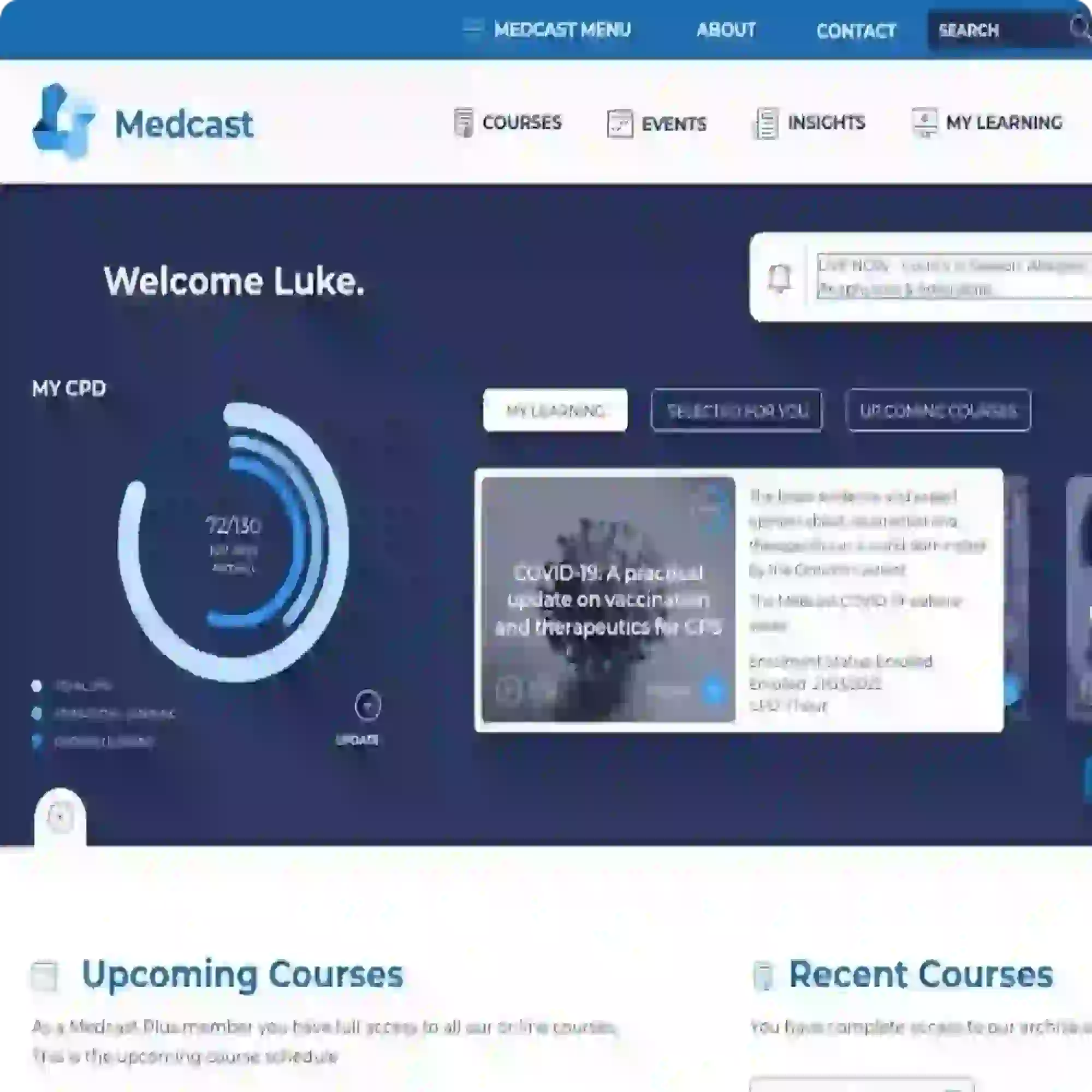Cervical myelopathy - clinical fact sheet and MCQ
Overview
Cervical myelopathy is a progressive neurological condition arising from compression of the spinal cord in the cervical spine. The most prevalent form, degenerative cervical myelopathy (DCM), results from age-related changes such as intervertebral disc degeneration, ligamentous hypertrophy or ossification, osteophyte formation, and congenital or acquired spinal canal stenosis. It is the leading cause of spinal cord dysfunction in adults worldwide. Though the onset is often insidious, the clinical course varies; some individuals experience a gradual stepwise decline, while others remain stable for prolonged periods. However, even patients who appear stable may experience sudden deterioration. Therefore, ongoing monitoring is essential.
The condition most commonly presents in men, and age of onset is typically late 50s to early 60s. It predominantly affects the C5-C6 level of the spinal cord, followed by C6-C7 and C4-C5. The pathophysiology includes both static compression and dynamic stress during cervical movement, which contribute to vascular insufficiency, inflammation, and neural tissue injury.
Diagnosis of cervical myelopathy
Lorem ipsum dolor sit amet, consectetur adipiscing elit. Maecenas eu odio in nibh placerat tempor ac vel mauris. Nunc efficitur sapien at nisl semper dapibus. Nullam tempor eros sed dui aliquam lacinia. Nunc feugiat facilisis ex.
Vestibulum ante ipsum primis in faucibus orci luctus et ultrices posuere cubilia curae; Maecenas mauris nibh, tempus sit amet erat vel, pellentesque maximus ipsum. Suspendisse dui nunc, porta ac ultricies id, sodales eu ante.
The Medcast medical education team is a group of highly experienced, practicing GPs, health professionals and medical writers.
Become a member and get unlimited access to 100s of hours of premium education.
Learn moreCo-billing and split billing are often a source of confusion for many GPs. This FastTrack clearly defines these two methods of billing, including examples, explanations of when it is and isn’t appropriate to co- or split bill, and common compliance pitfalls. 30 mins each RP and EA available with the quiz.
The Coordinated Veterans’ Care (CVC) Program is a DVA initiative that allows GPs to provide structured, proactive care in the community for eligible veterans and war widows. This FastTrack provides a guide to billing the CVC program, and outlines a strategy for its practice-wide integration.
Achilles tendinopathy is a common cause of posterior heel pain and functional impairment. GPs are well-placed to coordinate care for these patients. This FastTrack fact sheet provides a concise summary of diagnosis and non-surgical management, including when to refer. Earn 30mins each RP and EA CPD with the quiz.

